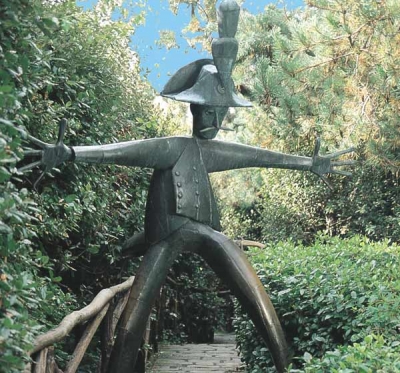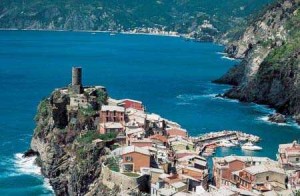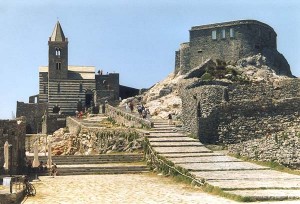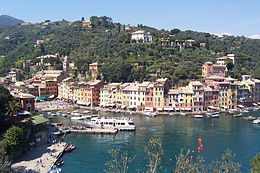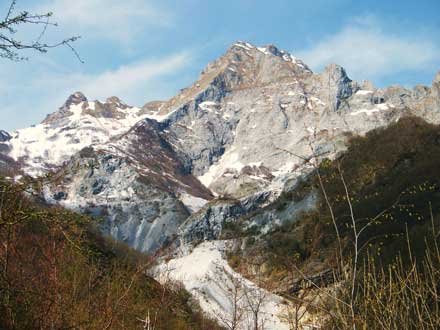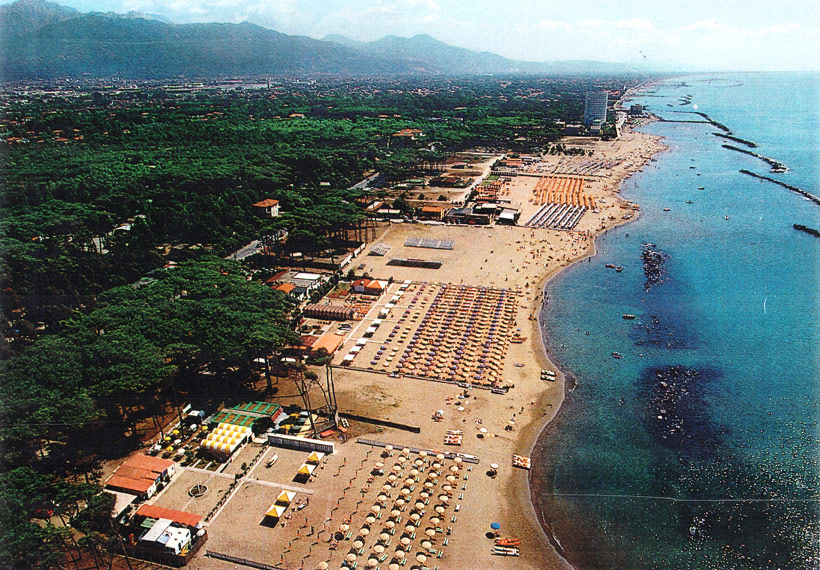Cinqueterre
The Cinque Terre can be reached by train from Amelia Villa Pietrasanta station with a journey of 15 minutes (along the railway line Genoa-Rome) and regional trains approximately every hour stop in all the villages of the Cinque Terre.
National Park of Cinque Terre – Marine Protected Area
An area where land and sea merge to form a single area and evocative. Eighteen kilometers of rocky coastline full of bays, beaches and deep waters, dominated by a chain of mountains that run parallel to the coast. Terraced vineyards and olive trees, which containment is provided by ancient stone walls.
A natural heritage of great variety. Walking paths and trails with breathtaking views. Five villages: Monterosso al Mare, Vernazza, Corniglia, Manarola and Riomaggiore overlooking the sea. An environment in which the secular work of generations has become inaccessible territory in a landscape of extraordinary beauty. An area Marine Protected Area and a National Park that protect the absolute uniqueness. These, in brief, the Cinque Terre, a UNESCO World Heritage Site since 1997.
The Cinque Terre coastline is steep and rocky, full of bays and coves. The beaches are so few and limited, and all different. In Fegina, the new part of Monterosso is the largest beach, judged by the American magazine “Forbes” among the 25 sexiest in the world. The sand is sometimes gravel and sometimes end, interspersed with picturesque rocks, such as the Fourth or Mapassu. The historic village has its own beach, accompanied by the rock jetty on the west and east of the Crowns. Corniglia beach instead boasts the hottest and most discreet. The first is under the train station and is characterized by the presence of a wall. The second is that of Guvano, a favorite destination for nudists. Vernazza, Manarola and Riomaggiore have rather small but beautiful beaches.
The mountain range that runs parallel to the sea nearly 800 meters ensures the Cinque Terre shelter from cold winds. The current southern, warmer and more humid, date back to the ridge and, clashing with those cold, are the cause of frequent mists and high rainfall.
The vegetation is typically Mediterranean, including the maritime pine, Aleppo pine, holm oak, sea fennel, red valerian, euphorbia, broom, arbutus and thyme. Of great interest are some endemic species, such as Santolina ligustica, Centaurea Centaurea lunensis and aplolepa. Among the animals the outstanding presence of herring gull, the hawk, buzzards, wild boar, the badger, the fox and the wall lizard. In the sea bream remember, anchovies, sea fans, sponges and some of the seagrass.
LERICI, TELLARO, GULF OF POETS
38 km from Villa Amelia
Lerici is situated in the eastern part of the Gulf of La Spezia, near the estuary of the river Magra. Of ancient origin, was employed by the Bishops of Luni. Was an important port where travelers and pilgrims landed through Sarzana is linked to the Via Francigena to Rome and northern Italy. From Lerici also a branch of the road, leading to the road to St. James of Compostela. In the Middle Ages it was a possession of Genoa, for a short period of Pisa and then underwent various dominations until you return to Genoa in the late fifteenth century.
Lerici still retains its original medieval structure, with its typically aligned along the narrow alleys. Inside the village are interesting the Jewish ghetto, the castle, built by the Pisans in the thirteenth century and expanded by the Genoese, inside the thirteenth-century chapel dedicated to St. Anastasia and the geo-paleontological museum and squares of the Poggio and of St. George. At the foot of the castle is a relaxing stroll along the promenade Vassallo. In the village there is also the tower of San Rocco, Roman, converted into a bell tower in the sixteenth century, the parish church of St. Francis of Assisi, the oratory of San Bernardino and just off the Doria palace, ancient medieval hospital dedicated to Saints Peter and Paul.
Lerici, however, is not only his village. In its territory, stand other locations, such as San Terenzo, with the castle, Villa Magni, inhabited by Percy Bysshe Shelley and Mary Shelley, and Villa Marigola, where you can enjoy a wonderful view of the beach of Venere Azzurra.
A Tellaro instead, a typical fishing village, where you can still meet the boats in the square by the sea, there is the ‘old church of San Giorgio and the oratory of Santa Maria in Sela. Among Pugliola and you can admire Villa Solaro Cochrane, better known as Rezzola villa, surrounded by a park of eucalyptus, oak and cypress trees. And yet La Serra and Pozzuolo, on a hill of olive trees, Senate, green oasis of silence and Solaro, a small village overlooking the Gulf.
courtesy of www.terredilunigiana.com
Portofino
distance from Villa Amelia B & B 114 km
Guy de Maupassant, 1889
To understand the beauty and uniqueness of Portofino should look at it from the square of the church of San Giorgio, on the promontory of the lighthouse from there with a glance dominate the harbor and the row of colored houses with characteristic decorations. We are in a sheltered bay for both conformation and for the Portofino overlooking the sea from its 600 meters, forming a reef three kilometers long that the tip of the Cape eastern end. The position so favorable attracted human settlement since ancient times, and Pliny we know that the “Portus Delphini” was already known in Roman times. After spending about two hundred years under the Abbey of San Fruttuoso, from the twelfth century, the village passed to the Republic of Genoa, in the seventeenth century built a castle fortress now known as Brown, the British consul who bought it in 1870. The church of San Martino, of the twelfth century, is situated in the oldest part of the country, while the oratory of it in 1300. The marina, capable of 300 seats, has hosted the most prestigious yachts in the world, and is the most exclusive tourist destination.
Many players in the history and art of the twentieth century have gone from here, and make a list even partial, is really hard.
The Portofino lies in the Ligurian Sea for more than 3 kilometers, with a coastline of about 15 km. The underwater cliffs of the Cape are home to a variety of fauna and flora is particularly rich and diversified. The rock that forms the southern side, full of nooks and crannies, has encouraged the establishment of a typical Mediterranean environment, the coral reef, which reaches a development rarely seen in other areas. From 30 to over 50 m depth, thanks to the continuous action manufacturer of coralline algae and animals in calcareous skeleton was formed, over time, a very complex environment dominated by large sea fans, sponges, bryozoans and Madreporaria (the coral). On sandy bottoms along the western and eastern slopes of the promontory are present Posidonia meadows, where they find shelter and food many species.
Since 1999, the site is a part MarinaProtetta Area of Portofino. The choice of this area is based not only on its high environmental value, underlined their institution AMP, but also on its location and on the economic importance it has. In fact, the area is situated in a coastal particularly man-made, characterized by multiple activities (nautical tourism, diving, fishing) and a large urban area.
Since 2005, the Marine Protected Area is a SPAMI (Specially Protected Area of Mediterranean Interest) recognized by the RAC / SPA UNEP Tunis (UNEP, 2005).

